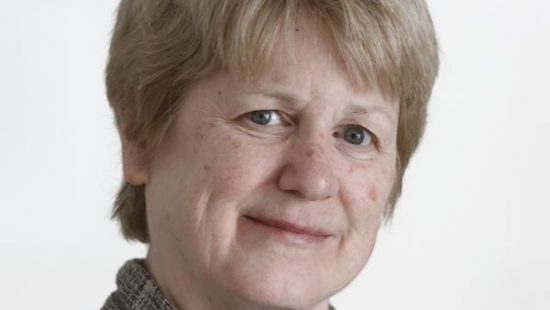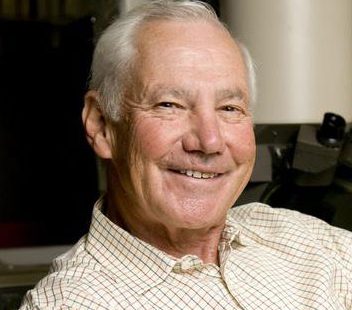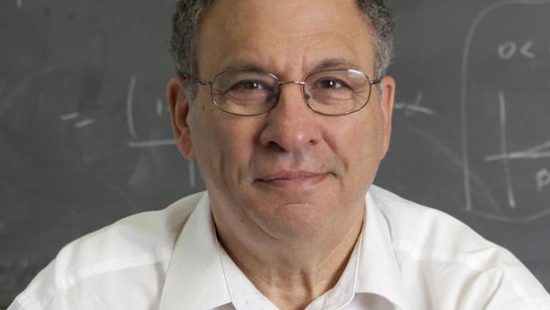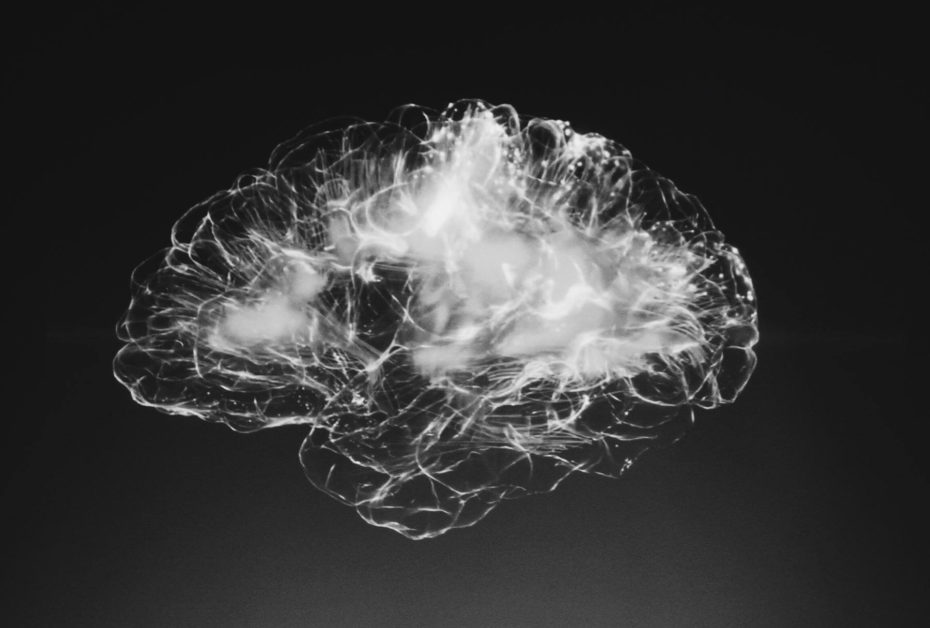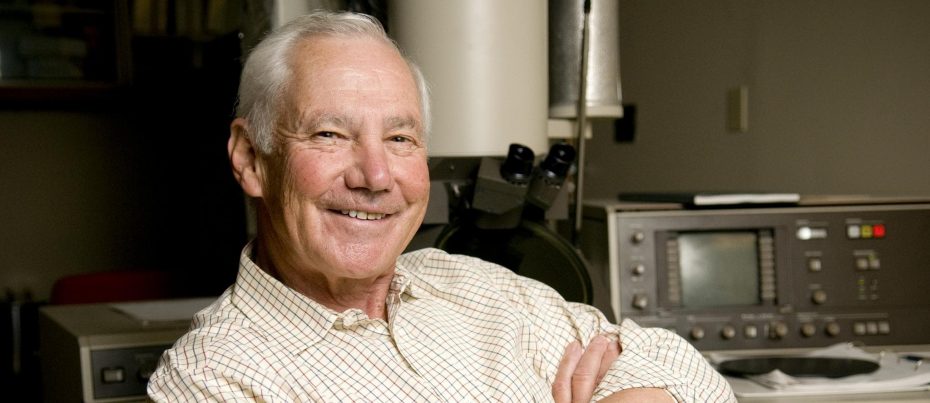Daniel E. Koshland, Jr., was a giant in the field of biochemistry, making important strides in knowledge of the properties and activities of enzymes and bacteria. But during his tenure as Editor-in-Chief of the journal Science, he was also known to conduct fictitious interviews with a Dr. Noitall — that is, Dr. Know-It-All.
Koshland’s humor was one of his defining characteristics, both in the classroom and in the laboratory. But so was his force of intellect: In the late 1950s, Koshland developed the concept of “induced fit,” in which a substrate, or chemical substance, stretches inside an enzyme to create a better mold in chemical reactions. Induced fit theory debunked prevailing thinking that substrates fit perfectly into enzymes like a lock and key. Later in the 1970s, he discovered that bacteria have a primitive type of “memory,” noting that they have external sensors that help them respond to chemicals. With the help of colleagues, Koshland devised a machine that tracked bacterial movements in three dimensions, proving that bacteria respond to stimuli differently over time.
By Lauren Clason


